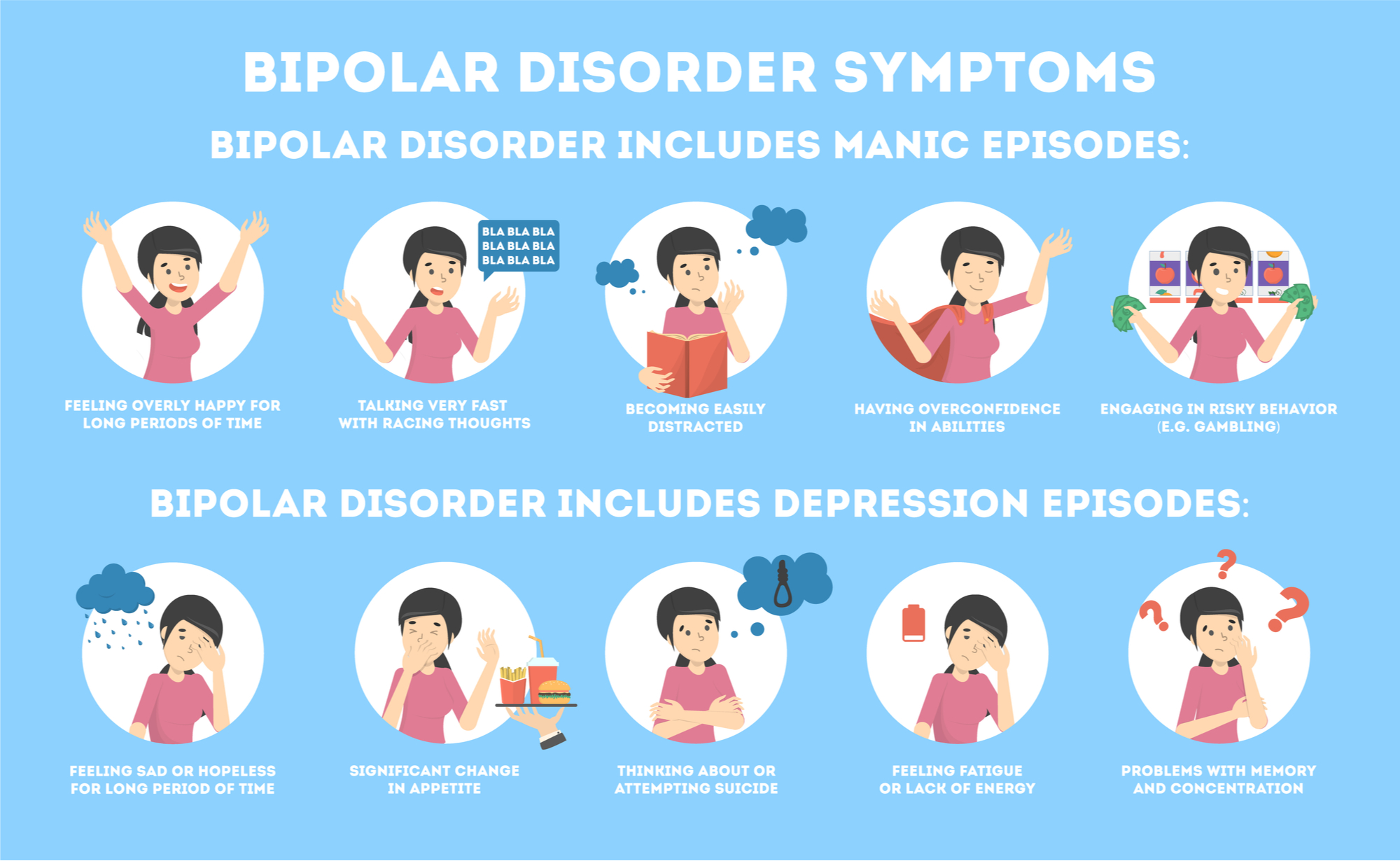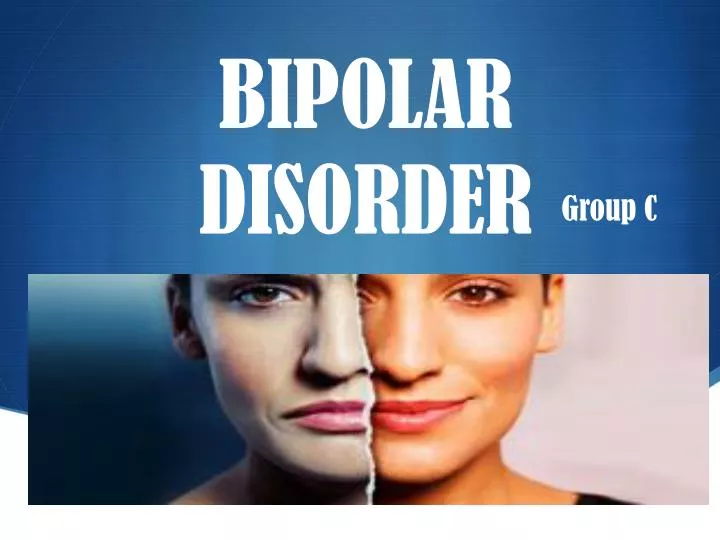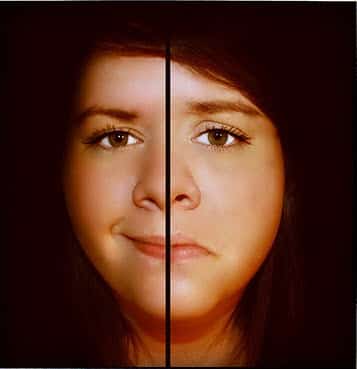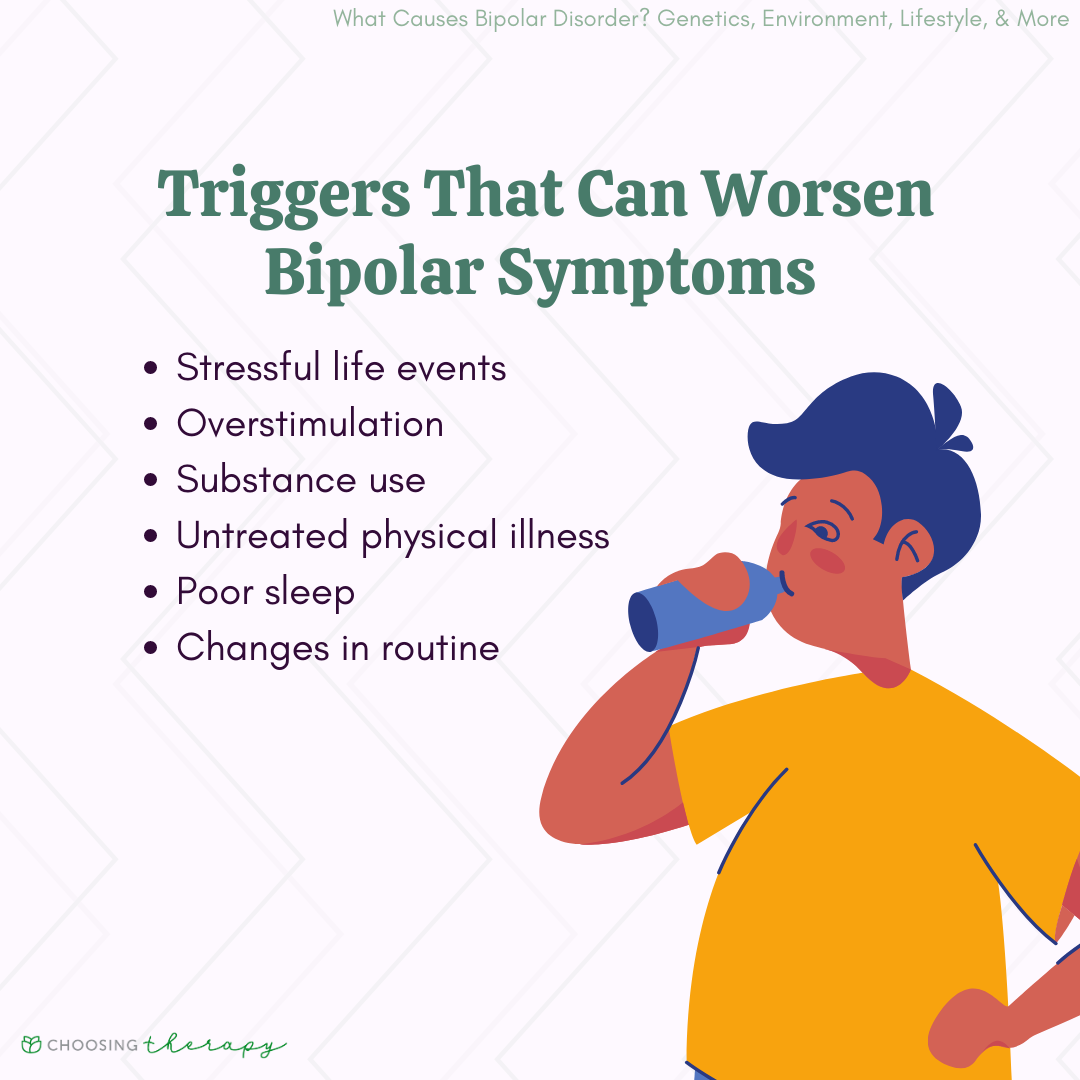Table of Contents
- November 2019 – Page 3 – Intro Psych Blog (F19)_Group 7
- Bipolar Disorder - Ibiza Calm
- Causes & Risk Factors of Developing Bipolar Disorder
- Bipolar disorder is a mental health disorder characterized by extreme ...
- Here's what may increase the risk for bipolar disorder | Health ...
- Bipolar Depression Disorder Symptoms & Treatment at Samarpan
- Bipolar Disorder System Disorder Template
- Bipolar Disorder: History, Causes, Treatment | SchoolWorkHelper
- Bipolar disorder is a mental health condition characterized by extreme ...
- "Bipolar Disorder: Understanding and Managing a Serious Mental Health ...



Types of Bipolar Disorder




Symptoms of Bipolar Disorder



Treatment Options for Bipolar Disorder
While there is no cure for bipolar disorder, treatment can help manage symptoms and improve quality of life. Available treatment options include: Medications: mood stabilizers, antipsychotics, and antidepressants can help regulate mood and reduce symptoms Psychotherapy: cognitive-behavioral therapy, family-focused therapy, and interpersonal therapy can help individuals cope with symptoms and develop coping skills Lifestyle Changes: regular exercise, healthy eating, and stress management can help reduce symptoms and improve overall well-being Bipolar disorder is a complex condition that requires comprehensive treatment and support. By understanding the different types, symptoms, and treatment options available, individuals can better manage their condition and improve their quality of life. If you or a loved one is struggling with bipolar disorder, it is essential to seek professional help from a mental health expert. With the right treatment and support, it is possible to manage symptoms and live a fulfilling life.For more information on bipolar disorder, visit Healthline. Our website provides a wealth of resources, including articles, videos, and expert advice, to help you understand and manage this condition.
Note: This article is for informational purposes only and should not be considered as medical advice. If you or a loved one is struggling with bipolar disorder, please consult a mental health professional for proper diagnosis and treatment.